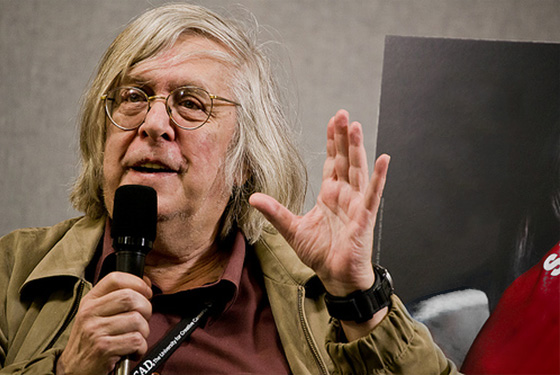From the Chicago Reader (March 1, 1988). — J.R.
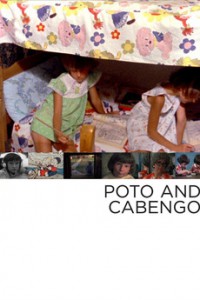
Jean-Pierre Gorin’s first solo effort as a filmmaker after a long period of collaboration with Jean-Luc Godard surpassed all of his previous work hands down. The putative subject is a pair of young female twins in southern California who have apparently invented their own language, and while this personal documentary explores this subject in some detail, it proves to be about a great deal more: Gorin’s own exile, the lower-income white culture of San Diego, the American Dream, and language itself. A memorable, innovative effort, packed with wonder and invention (1979). (JR)
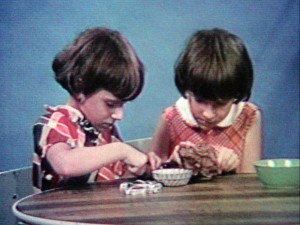 Read more
Read more
From the Chicago Reader (October 1, 1989). — J.R.
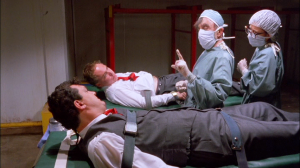
Whether this goofy 1989 black comedy is a total success is debatable, but you’ve got to admit it’s different. Postmodern comic magicians Penn Jillette and Teller play themselves in a script of their own devising, which is deftly delivered by director Arthur Penn (Bonnie and Clyde, Night Moves). After Jillette brazenly announces on national TV that his life would be more exciting if someone tried to kill him, a bizarre series of murder attempts ensues during an engagement in Atlantic City, and it becomes increasingly difficult to determine who’s pulling the strings. Deconstructing illusion, Penn and Teller’s stock in trade, becomes the modus operandi of the plot — like a farcical version of House of Games, with heaps of good-natured gore added and a literally unbelievable grand finale — and the dynamic duo make the most of it. With Caitlin Clarke, David Patrick Kelly, Leonardo Cimino, and Celia McGuire. (JR) 90 min.
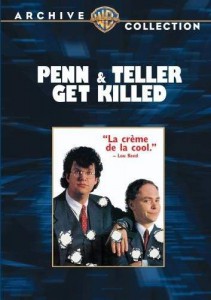 Read more
Read more
From the Chicago Reader (September 1, 1988). — J.R.
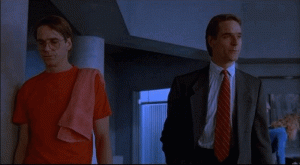
David Cronenberg’s finely tuned psychological thriller (1988, 115 min.) explores the complex lives of two gynecologists, identical twins (both played by Jeremy Irons) who share everything from their lovers to their successful fertility clinic. Their close mutual ties become challenged when both are attracted to the same actress (Genevieve Bujold). A tour de force — especially for Irons, whose sense of nuance is so refined that one can tell almost immediately which twin he is in a particular scene — and the special effects involving both twins simultaneously are so well handled that one quickly forgets about the underlying illusion. But the sheer unpleasantness of the plot, inspired by a real-life case, guarantees that this isn’t a film for everyone, and people like myself who find the character played by Bujold (in one of her best performances) more interesting than either of the twins are bound to feel rather frustrated by the end. (JR)
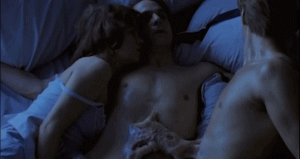 Read more
Read more
